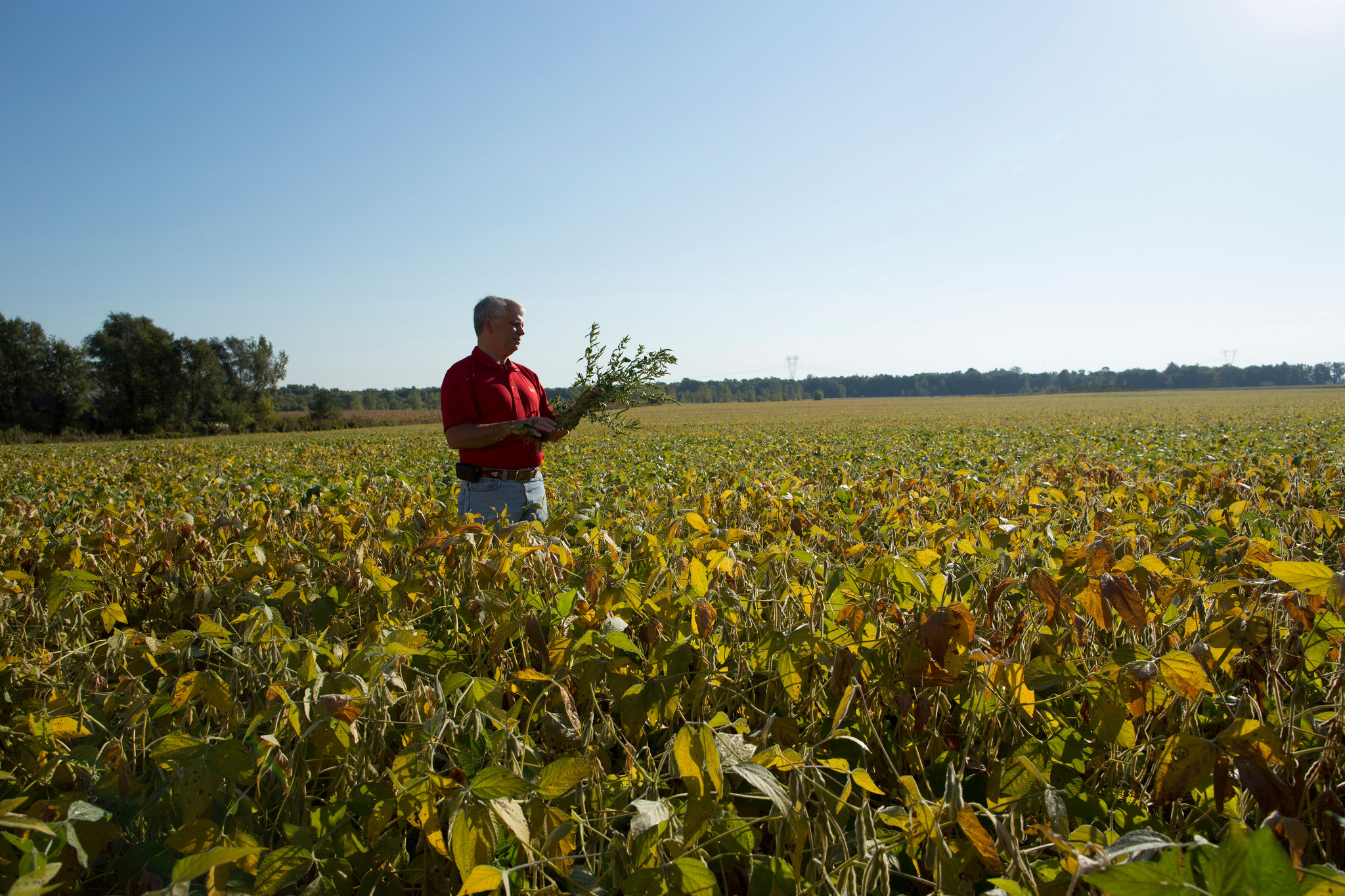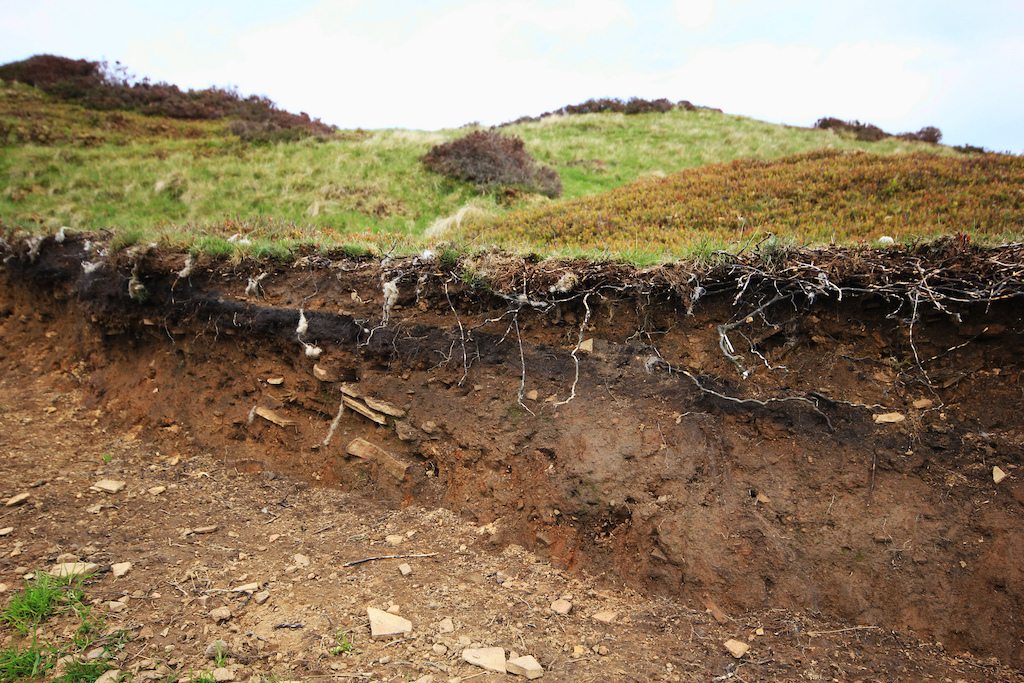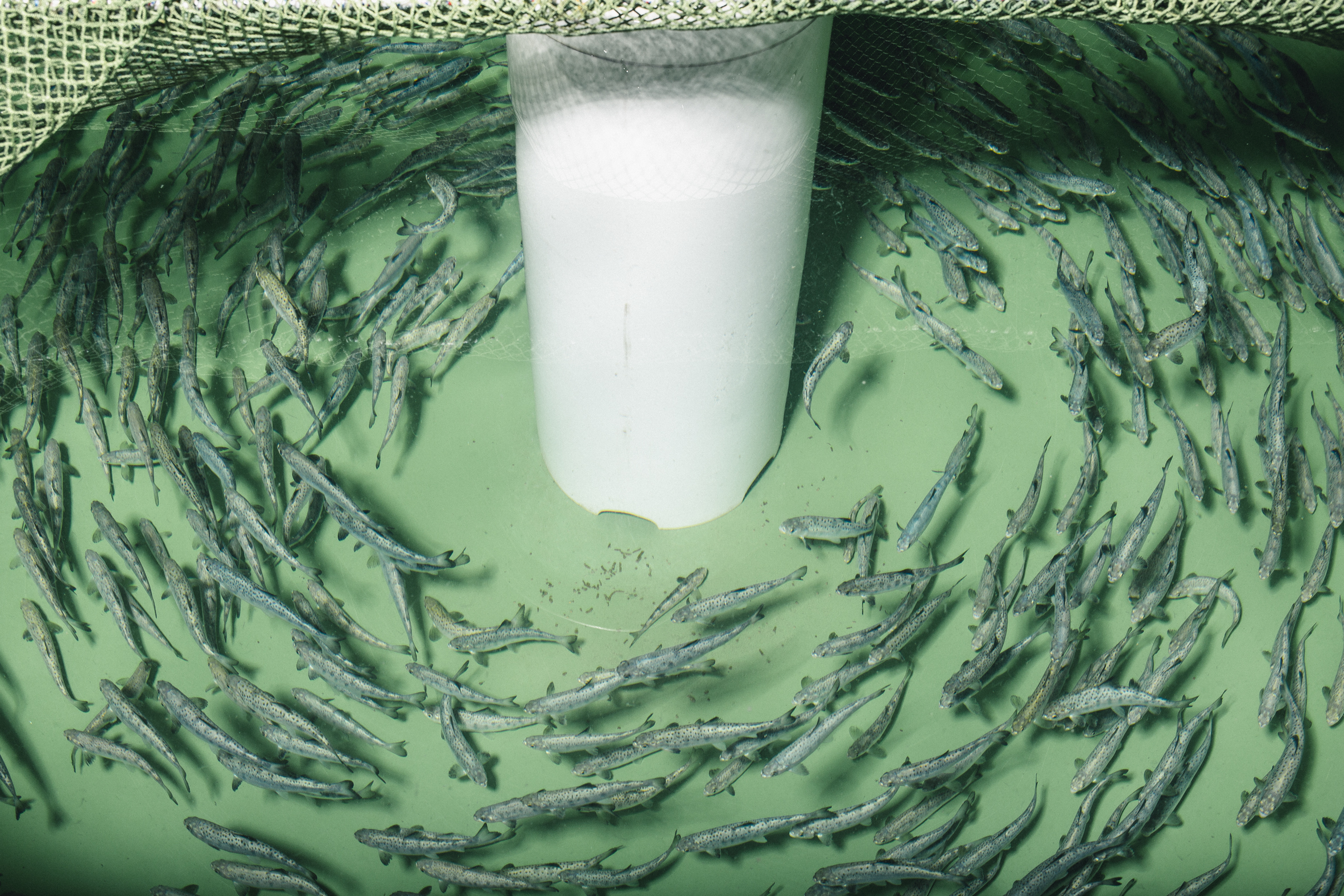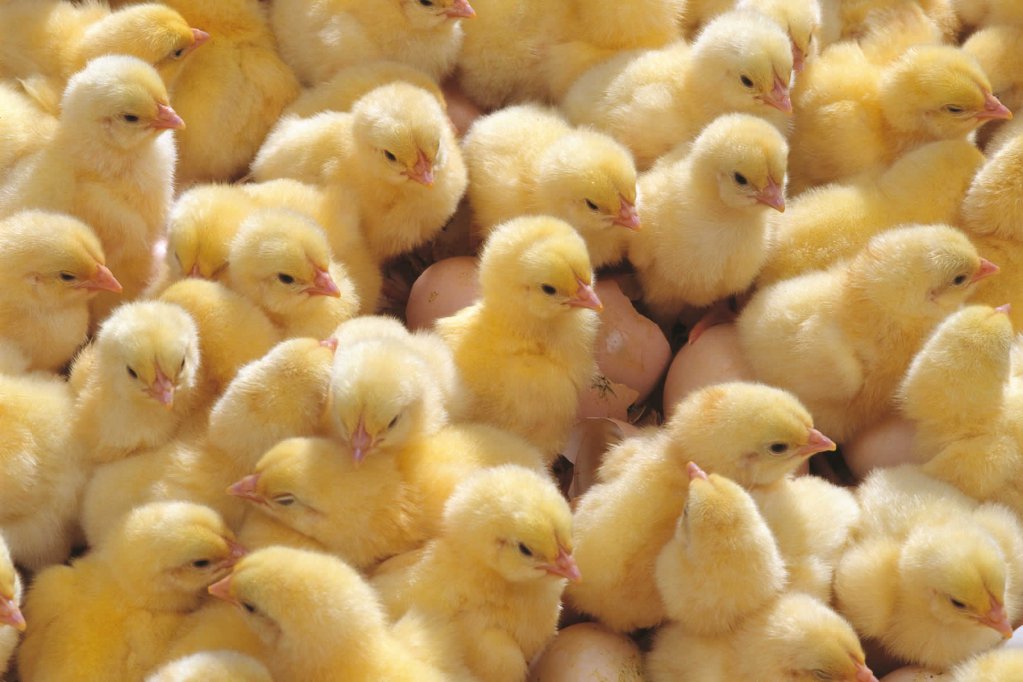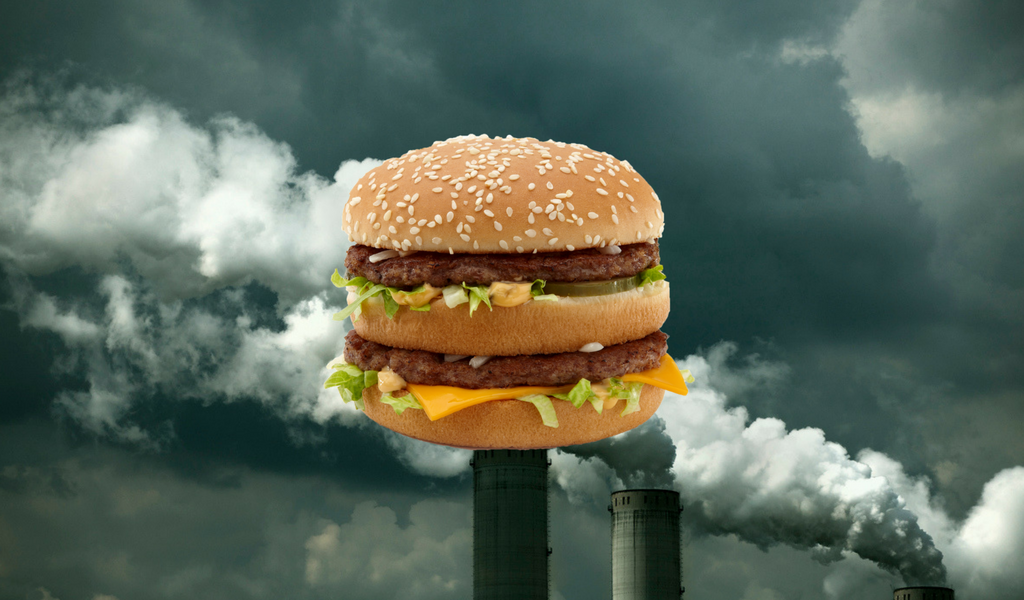
Photos: McDonald's, iStock/Drbouz
In late March, McDonald’s issued a bold press release announcing major cuts to its greenhouse gas emissions—a plan that will require the company to rethink not only how it lights and fuels its restaurants, but also how it sources its beef, which the company says amounts to 29 percent of its carbon footprint.
The changes will “enable McDonald’s to grow as a business without growing its emissions” through 2030, according to the press release, which offers some dazzling figures: a 36 percent reduction in greenhouse gas emissions from restaurants and offices, and a 31 percent reduction in “emissions intensity” from its supply chain (including beef), which will prevent the release of 150 million metric tons of greenhouse gas.
But a closer look at the company’s “science-based” plan, which is completely voluntary and largely unverifiable, raises questions about how meaningful the emissions cuts will be.
The company is also thinking about consumers. As noted in its most recent annual report to investors: “the ongoing relevance of our brand may depend on the success of our sustainability initiatives, which require system-wide coordination and alignment.”
Given its burger-centric business model, McDonald’s may have a tough row to hoe trying to brand itself as a leader on climate change. Beef production emits more greenhouse gas than almost any other food we produce. And McDonald’s is one of the largest buyers in the world, last year reporting using 1.6 billion pounds of beef, a mountain of meat that casts an enormous carbon footprint.
When pressed for details about how it intends to reduce emissions from beef, McDonald’s would not offer many specifics.
“We are looking for ways to incorporate soil health initiatives into our supply chain sustainability programs through managed grazing practices and regenerative agricultural practices,” said Terri Hickey, McDonald’s senior manager of global corporate communications, in an email. She directed me toward materials that appear focused on the company’s previous beef sustainability goal, which was aimed at 2020.
Climate change doesn’t augur the end of red meat in our diets, or the collapse of McDonald’s, but it could mean significant dietary changes for many of us in the future. While it seems unthinkable that the company would retire its iconic Big Mac and beefy Double Quarter Pounder with Cheese, our changing climate is a good reason to wonder whether cheap beef will still be the centerpiece on McDonald’s menu in the decades ahead.
Beef’s big impacts
Animal agriculture, as a whole, contributes around 15 percent of global greenhouse gas emissions, with beef cattle being the largest emitters, according to the Food and Agriculture Organization of the United Nations (UNFAO). Because cows digest food via enteric fermentation, they produce methane, a potent greenhouse gas, in their burps. Cattle production’s carbon footprint also includes the greenhouse gases from growing and fertilizing feed corn, as well as manure-related emissions.
Cows also have high environmental impacts because they give birth to one calf at a time instead of producing litters like pigs, says Gidon Eshel, an environmental science professor at Bard College in New York.
This biological reality may be difficult to change, but Eshel says if McDonald’s is serious about making emissions reductions, there are a lot of little things the company’s beef suppliers could do to become “less inefficient.” Still, reducing emissions meaningfully also likely means reducing consumption, he says.
Beef cattle require 28 times more land and 11 times more water than other farm animals on average, and emit five times more greenhouse gas
“The real question one must ask first about any environmental choice is not how large it is, but how easy would it be to cut it by an order of magnitude,” Eshel says.
For example, Eshel says, a modern, fuel efficient vehicle might get three times more miles to the gallon than an old gas-guzzler, presenting as much as a three-fold reduction in emissions. Even more significant emissions cuts might be gained by shifting agriculture from beef cattle to almost any other kind of food production, he says. (That being said, beef cattle can be raised on marginal lands where it is difficult to grow other foods).
A 2014 study Eshel co-authored reported that beef is the second most commonly consumed source of calories in the U.S., but, according to his estimates, beef cattle require 28 times more land, 11 times more water, and emit five times more greenhouse gas than other farm animals, on average.
According to Eshel’s estimates, the 1.6 billion pounds of beef that McDonald’s used last year would produce around 22 million metric tons of greenhouse gas emissions. That’s equivalent to the average emissions you’d see from 4.8 million cars in a given year. Or, viewed another way, it amounts to one-third of one percent of total U.S. greenhouse gas emissions, says Eshel.
Emissions estimates, however, are not an exact or settled science—and the actual footprint of McDonald’s beef could be much lower or higher than Eshel estimates. Scientists are always rethinking how to calculate emissions, but they are clear that current beef production has a larger carbon footprint than most other foods we eat.
A groundbreaking study published last year and funded by NASA’s Carbon Monitoring System research initiative, found that methane emissions from livestock are probably higher than previously estimated—as much as 11 percent higher than prevailing estimates offered by the Intergovernmental Panel on Climate Change (IPCC) in 2006. It’s a finding that should factor into McDonald’s greenhouse gas targets.
Ghassem Asrar, one of the study’s co-authors and the director of the Joint Global Change Research Institute, nevertheless, is sanguine about the “basket” of interventions livestock producers can draw on to reduce methane emissions, like better manure management.
Some of these interventions could increase the cost of production, however, which could also mean increasing the cost of burgers at McDonald’s, emblematic of the trade-offs that will work against the fast-food giant.
While Asrar thinks there are many ways the beef industry can and should reduce emissions, he is also clear that reducing consumption is part of the solution.
“That’s the general conclusion that the majority of published research reached,” says Asrar. “We have to manage our meat consumption if you want to reduce our footprint.”
The beef industry, citing its own science, sees things slightly differently.
The Roundtable, citing its goal to “be the trusted global leader in environmentally sound, socially responsible and economically viable beef,” recently released a “sustainability framework” that addresses greenhouse gas emissions. Its draft recommendations include things like the use of pharmaceuticals to promote faster animal growth.
Administered, in part, by the National Cattlemen’s Beef Association, a beef lobby group, the Roundtable’s members include meatpackers like JBS and Tyson, as well as a host of other companies that feed into the beef production model—like seed and animal pharmaceutical companies—and whose business interests are threatened by dietary shifts away from beef. It also includes fast-food companies like McDonald’s.
Fact-checking McDonald’s science
McDonald’s press release used the word “science” seven times, noting that its “science-based” program will “prevent 150 million metric tons of greenhouse gas emissions from being released into the atmosphere by 2030,” equal to taking “32 million passenger cars off the road for an entire year.”
But the science that informs the company’s emissions reduction program merits scrutiny.
McDonald’s annually reports data about its carbon footprint through a non-profit group called the CDP (previously the Carbon Disclosure Project). The CDP, however, charges companies an administrative fee to participate in its disclosure process, creating financial ties that erode the scientific independence of the project.
 McDonald's
McDonald's Avoiding the worst impacts of our changing climate means making major emission reductions—real, verifiable, science-based reductions—that may include Americans eating fewer burgers
Independence is paramount because carbon footprint calculations are subject to variations in how the data are measured, reported, and interpreted by regulatory bodies and accountability initiatives, as well as to political and economic influence.
For example, McDonald’s told me it has already “reassessed” its 2015 emissions data (it wouldn’t provide a copy), which will serve as a baseline for its planned emissions reductions through 2030. But how do we have confidence that McDonald’s data reporting and reassessments aren’t just clever accounting and paper trading?
“It’s a good method to get the most credits for your cuts: You inflate your baseline and then whatever cuts you make are much greater,” says Shefali Sharma, director of the European arm of an advocacy group called the Institute for Agriculture and Trade Policy. “Independent verification is key to understanding whether McDonald’s 2015 data is reliable.”
McDonald’s press release prominently notes that its emissions-reduction program has been “approved” by the “Science-Based Target Initiative,” which is managed by the World Resources Institute and the United Nations Global Compact—and also the World Wildlife Fund and CDP (both of which McDonald’s funds). In other words, it’s also not independent of McDonald’s.
Alberto Pineda, director of the initiative (and also associated with the World Wildlife Fund and CDP), says conflicts of interest are managed in a few ways, including through a “consensus” process where all of the initiative’s partners have to agree on emissions targets.
But avoiding the worst impacts of our changing climate doesn’t just mean not growing emissions; it means making major emission reductions—real, verifiable, science-based reductions. And that may include Americans eating fewer burgers.
“Coming up with proxy targets for companies that volunteer to do so on a self-reporting basis does not get us there,” notes Sharma, who is skeptical of industry taking the lead on climate change. “Moreover, it actually has the potential of deceiving consumers that indulging in this company’s products is helping the planet, when in effect, it may actually be increasing the company’s absolute emissions.”
The economic threat of climate change
As early as 2009, McDonald’s began advising investors about the potential liabilities the company faces related to climate change. In the most recent annual report it filed with the Securities and Exchange Commission, the company notes “there is a possibility that governmental initiatives, or actual or perceived effects of changes in weather patterns, climate, or water resources, could have a direct impact on the operations of the System in ways which we cannot predict at this time.”
Government initiatives could also target McDonald’s customers, like publishing nutritional guidelines recommending reduced beef consumption. China, a major growth market for the Golden Arches, recently revised its national dietary guidelines in an effort to reduce meat consumption by 50 percent, a prescription widely cited as having both public health and environmental import. Similar guidelines were underway in the U.S., but were foiled by an intense lobby effort from the meat industry.
As these pressures loom over the company, beef remains cheap and abundant, for the moment, in places like the U.S. Still, McDonald’s may quietly be rethinking its burger-as-usual business model.
Just before McDonald’s announced its greenhouse emissions plan, the company shared a major marketing initiative to promote sales of chicken—a meat that Americans eat far more of than beef, and that, in current production models, has a far smaller carbon footprint than beef. A veggie burger on the menu could reduce emissions even further.
“I would be quite surprised if, in the short-term, McDonald’s or other burger joints abandoned beef altogether, and I don’t really think that is necessary for meeting either their targets or societal [climate] targets,” says Martin Heller, a researcher in the Center for Sustainable Systems at the University of Michigan. “It may mean offering menu options with smaller beef portions, and/or discontinuing large portion options. It likely will also mean introducing more non-beef options including (one would hope) plant-based alternatives.”
Climate change is expected to manifest increasingly volatile weather, like droughts and rising temperatures, that could interfere with feed grain (corn) production, the building blocks of beef in the current U.S. feedlot production model
In this regard, McDonald’s appears decidedly behind the curve, as many of its competitors have already begun expanding menus in this direction. This year, the drive-in fast-food chain Sonic introduced a new burger made from 25 percent mushrooms, marketed not only as environmentally friendly but also healthier than an all-beef patty. Burger King has long had a veggie burger on its menu; Carl’s Jr. has a meatless sandwich called the “Veg it Guacamole Thickburger;” and White Castle sells a veggie-patty version of its famous sliders.
McDonald’s is still in the courtship phase with veggie burgers in different markets. After a short test run in Finland last fall with a new, soy-based McVegan burger, the company made it a permanent menu option last December—but only in Finland and Sweden. “As the main ingredient is plant-based, the McVegan is considered to have a smaller climate impact,” a McDonald’s spokesperson told reporters.
As Heller suggests, another option fast-food restaurants could pursue to reduce beef-related emissions is simply shrinking the size of their burgers. That would reduce costs for the companies, and presumably make it easier to keep cheap burgers at the center of their menus going forward.
Right now, McDonald’s menu seems to focus on getting customers to buy more burger, not less. A Quarter Pounder with Cheese, fries, and a drink comes in just under $7 at my local McDonald’s. You can add another quarter-pound patty (making the burger a half-pounder) for only about a dollar more.
A grass-fed Big Mac?
Though McDonald’s has yet to publicize specific details about how it will reduce emissions from its beef supply, the company has pledged a $4.5 million grant to Arizona State University to study the climate benefits of Adaptive Multi-Paddock (AMP) grazing.
All cattle in the U.S. spend the first part of their lives grazing on pasture, but the vast majority are “finished” on crowded feedlots where they are fattened with corn. A recent study published in the journal Agricultural Systems found that keeping cattle on pasture their entire lives, and intensively rotating them across grasslands in the AMP model, could lead to major reductions in the carbon footprint of beef.
I asked the lead author of the new AMP grazing study how much of the current volume of beef production could be sustained if finishing moved from the dominant feedlot model to AMP grazing.
“It’s safe to say that more than half could be produced,” says Paige Stanley, an environmental science graduate student at the University of California, Berkeley, who acknowledges the political and economic implications of slashing production by close to half.
“There are many actors and driving forces that will determine the future of beef production,” Stanley told me later via email. “It is hard to imagine that the very powerful commodity crop and beef organizations would back any beef/climate related policy.”
These powerful interests are some of McDonald’s closest partners in its work on beef sustainability (see here, here, and here), and these groups are unlikely to allow the highly productive corn-fed feedlot beef model go quietly into the night. Under current U.S. agricultural policy, feedlot beef is inexpensive and plentiful, which feeds McDonald’s business model and the customers who buy from its dollar menu.
That may be why McDonald’s research funding is limited to comparing the benefits of AMP grazing to other grazing models. Reconsidering feedlot finishing, project lead Peter Byck of Arizona State University tells me, is off the table.

